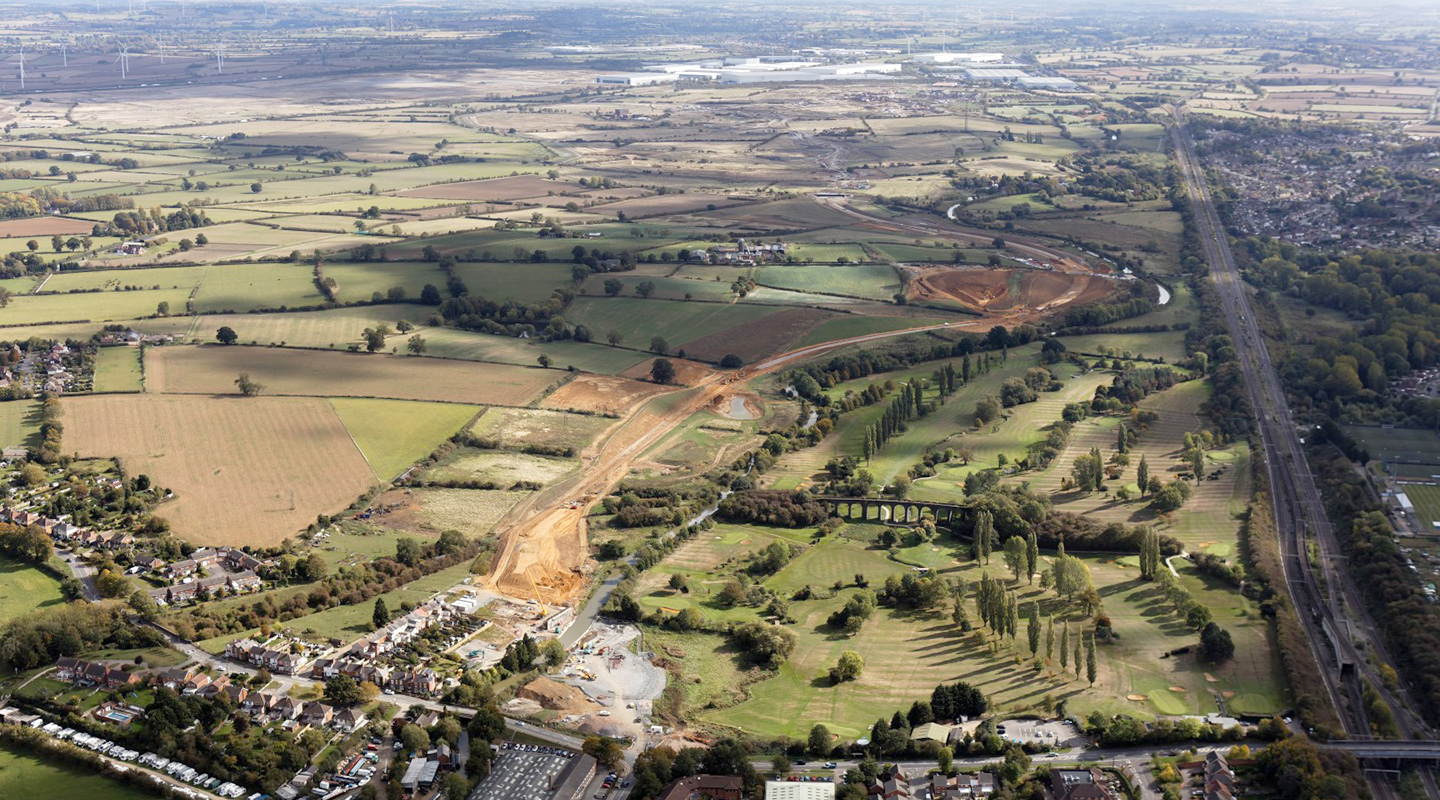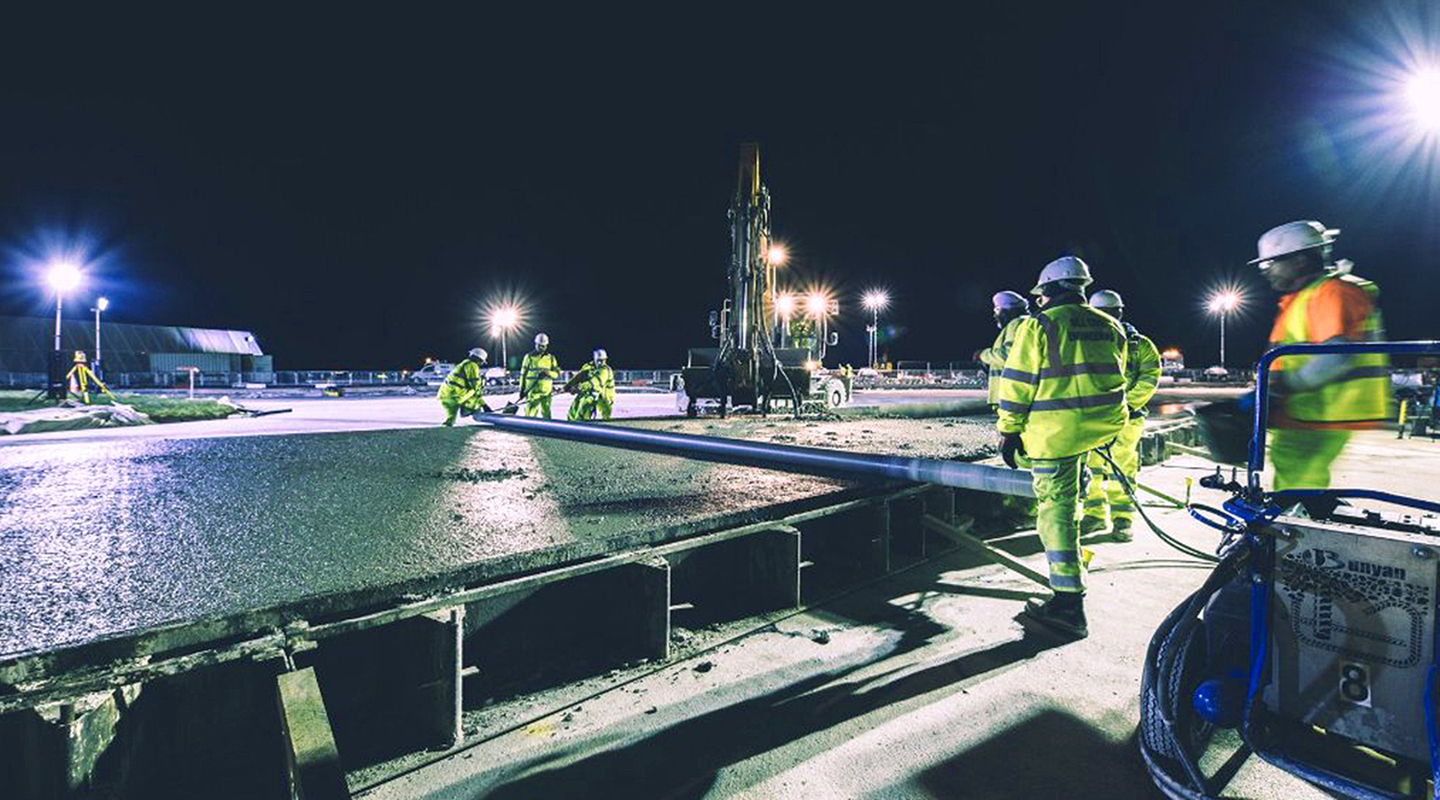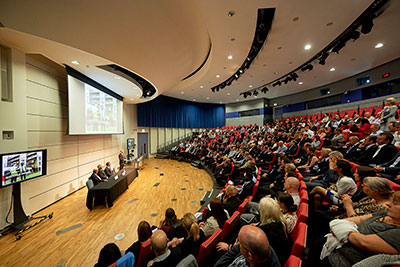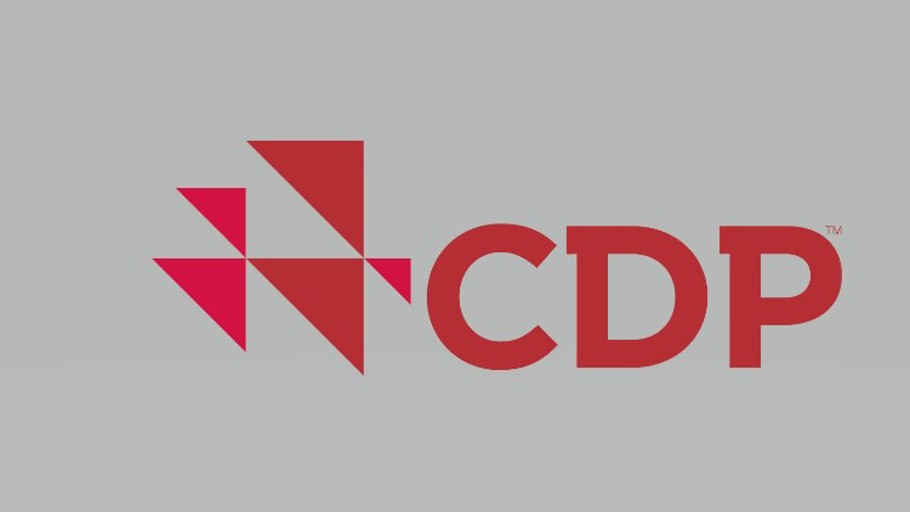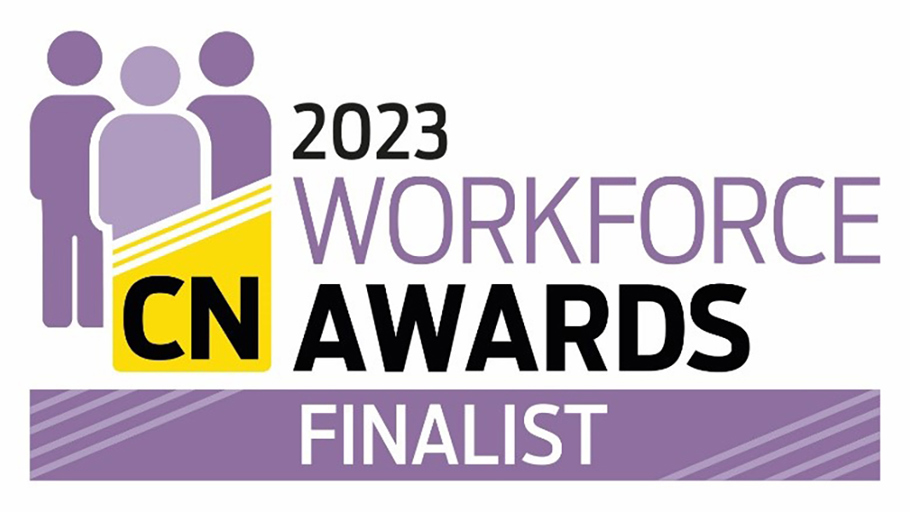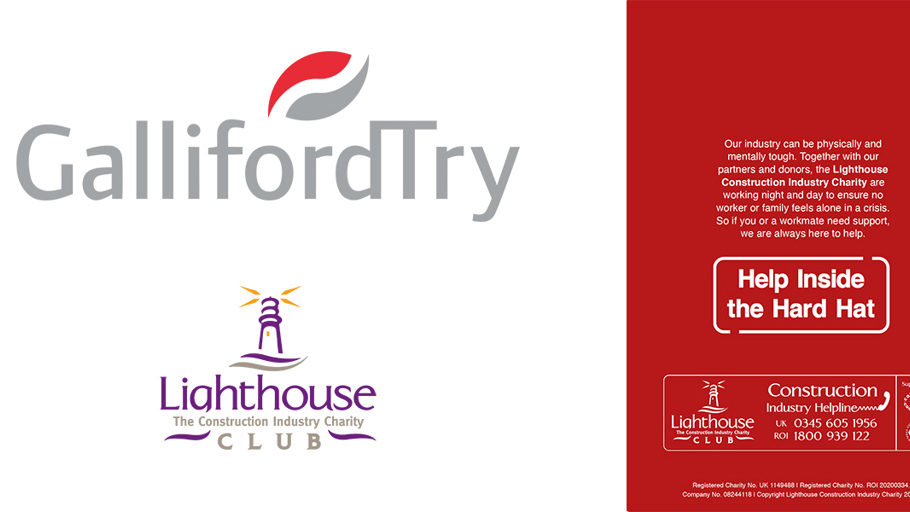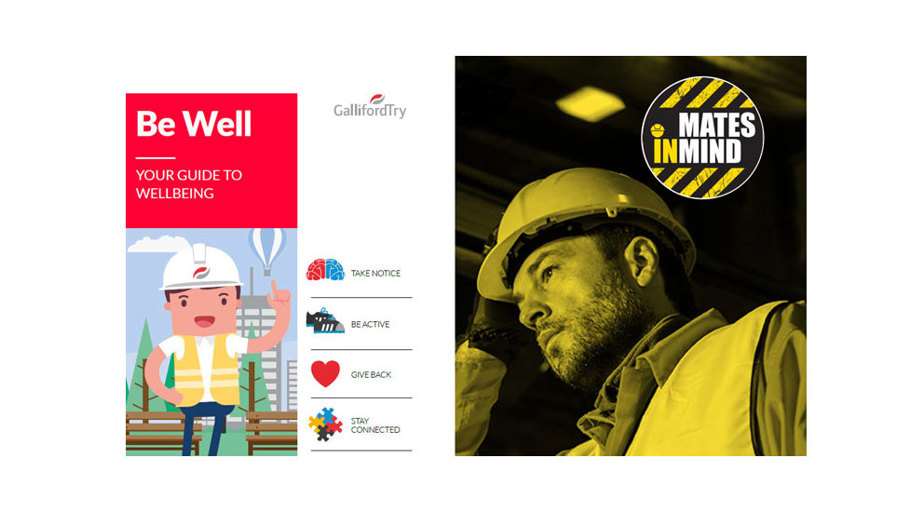Challenging Beliefs, Affecting Behaviour
Our safety culture is embedded through Challenging Beliefs, Affecting Behaviour, a programme based on awareness, training, coaching and visible leadership, which has formed the backbone of our approach since its inception in 2012. We have gradually evolved the programme over the years and, in 2022, we appointed a new leader for our CBAB programme to reinvigorate our efforts to tackle accident behaviour in the short, medium and long term. These efforts will integrate wider elements of the business’ strategy such as wellbeing and quality, that can influence behaviour, into the programme. This recognises the fact that post pandemic, there are factors at play that influence accident behaviour that are not work-related.
We maintain a focus on ‘Lead Indicators’ and our aspiration of no harm, underpinned by a culture of care. Lead Indicators allow us to be more forward-looking and proactive and span six key areas of Leadership, Communication, Competence, Culture, Contractors and Planning. The CBAB programme is a key way in which we engage with our subcontractors, who widely praise its ability to capture the importance of safety in a mindset changing way.
Our objective is to create and maintain an environment where care for our people and those who work with us is our top priority, and the belief that all accidents are preventable prevails. Our focus on wellbeing remains high and has never been more important than during the pandemic.
Policies and management
The overall responsibility for health and safety lies with our Executive Board. Health and safety is the top agenda item for all management meetings and monthly reporting at business unit and divisional Board meetings enable statistics and trends to be identified and, where needed, addressed.
Business unit management is responsible for the implementation of our Health and Safety Policy which provides a framework to effectively manage all aspects of health, safety and wellbeing, and ensuring all health and safety risks are assessed and safe systems of work are devised in line with the Galliford Try Health, Safety and Environmental Management Systems. The policy determines the roles and responsibilities of the Executive Board, divisional Boards and business unit management in delivering health and safety.
It also expresses the Group’s commitment to ensuring that our people’s behaviour is consistent with an improving safety culture.
In addition, we have an Employee Wellbeing Policy, which recognises that our duty of care extends to our people’s physical and mental health.
Ensuring compliance
We ensure our polices are widely communicated, through inductions for new employees, internal training sessions, site notice boards and via our intranet.
The Health, Safety & Environment Director manages a team of Health, Safety and Sustainability (HS&S) professionals and each business unit benefits from an assigned a Lead HS&S advisor. Advisors play an active role in planning, as well as visiting sites regularly to monitor adherence to our policies and procedures. Any non-compliance identified requires a corrective action plan, including the date by which it will be completed. Statistics and trends in non-compliance are reported to business unit and divisional Board meetings each month. Health and safety performance is also discussed regularly at all levels of the business, from business units to Board level. Further assurance is provided by audits against the requirements for OHSAS 18001 and 14001, the standards for Occupational Health, Safety and Environmental Management.
Visible leadership through site safety tours, and an open dialogue with our site teams is a powerful way for management to promote and maintain safe behaviours on site by engaging with operatives to correct poor practice and reaffirm positive behaviour.





